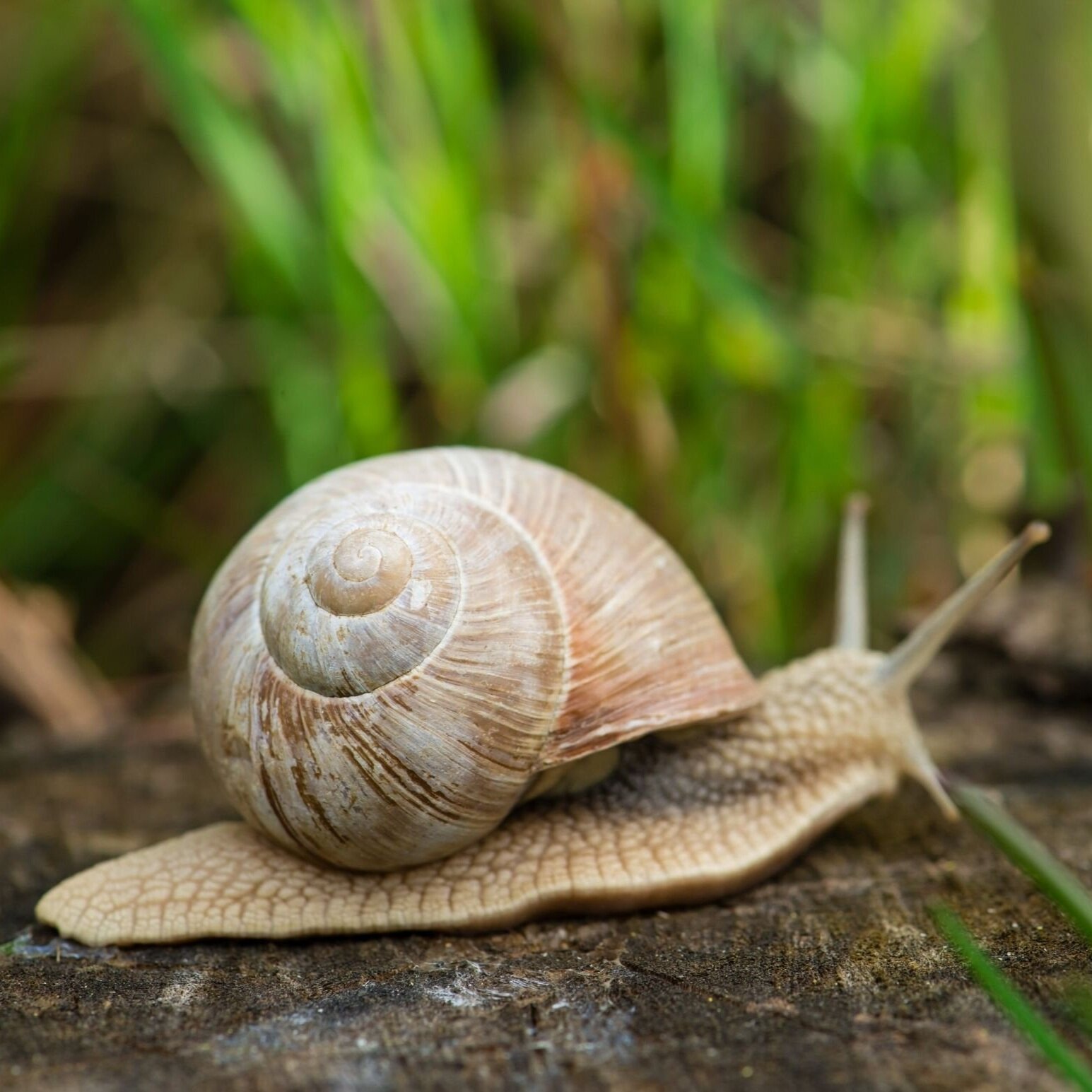Citizen Science: Firefly Finders
Citizen science is when curious kids and adults become real scientists by making observations and collecting data for fun projects!
Citizen science projects can be anything, but usually, they are really big, stretching across the entire country sometimes. The more people that help, the more information scientists have to make important decisions about things like the environment. Citizen science is cool because it allows everyone to participate in science, connecting scientists around the world with us, the people!
Awesome scientists at Mass Audobon are conducting a nationwide study of fireflies and you can help! In this experiment, you are going to learn all about fireflies, how to observe them, and collect your own data! An important part of science is sharing science, so once your school has collected your data, be sure to submit your findings to the Mass Audobon website!
Insect Investigation: Fireflies
Did you know fireflies are actually beetles?!
These incredible insects use a chemical reaction in their bottoms to make a bright flash. In addition to looking really pretty at night, fireflies use these lights like a morse code. This allows them to talk to other fireflies and find friends like them.
There are dozens of species of fireflies in Pennsylvania. Each firefly species has its own flash pattern. See if you can identify these common fireflies in your favorite outdoor space!
Let’s Begin!
Materials:
Firefly Observation Sheet
Pencil
Stopwatch
Directions:
Print out the firefly observation sheet below
Sit outside just after sunset. Be sure to turn off any lights in the area for the best view or select a remote location.
Record basic information about the area and night such as temperature, rain, and cloud cover.
Set your stopwatch for 10 seconds.
Observe and record the number of firefly flashes you observe during the 10 seconds.
Repeat two more times.
Enter your data into the Mass Audubon website
Repeat these observations at the same time and location on nights with different temperatures and conditions or at new locations with the same night conditions and compare.
Examining the Experiment: The Case of the Disappearing Fireflies
Fireflies are slowly disappearing. Experts suggest the slow disappearance of these insects is due to 3 things:
Habitat Loss
Pesticides
Light Pollution
You can observe the effects of these around your neighborhood or school. Fireflies sleep in the grass during the day. If your household or school uses weed killer, lawn chemicals, or mows frequently, you can observe a decrease in the number of fireflies during the summer.
Observe the numbers of fireflies you see on a night after it’s been mowed and then several nights later before it is mowed again to see the difference. You can also take a night drive past open fields. Even as you drive by, you can see the multitudes of fireflies that occupy this open space. This is because these areas are mowed infrequently.
You can help protect fireflies by reducing the number of outdoor chemicals your family and school uses, reducing light pollution by shutting off unnecessary lights and helping to protect outdoor spaces!
STEMSpark Stumper:
Try to capture one of these incredible insects and draw what you observe. See if you can identify which type of firefly you have. Be sure to let it go when you are done!





